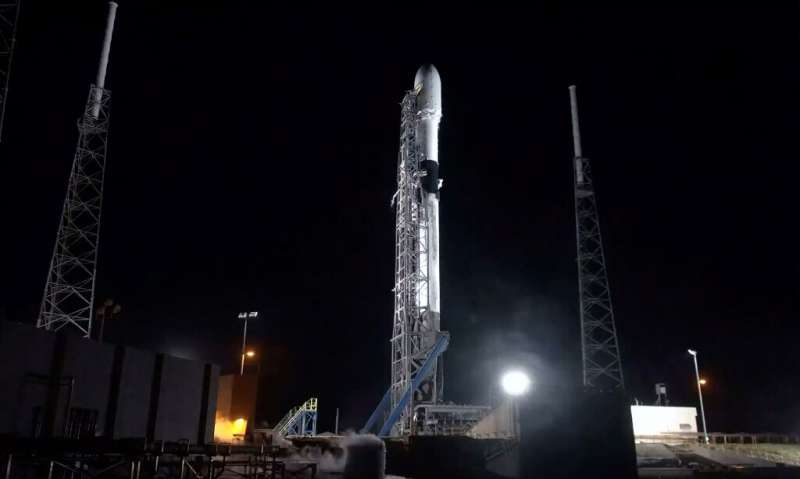ESA re-routes satellite to avoid SpaceX collision risk

The European Space Agency said Tuesday it had altered the trajectory of one of its observation satellites to avoid a possible collision with a craft operated by Elon Musk's SpaceX.
"@ESA 's #Aeolus Earth observation satellite fired its thrusters, moving it off a collision course with a @SpaceX satellite in their #Starlink constellation," the agency's official Twitter account said.
It said its scientists decided that the safest plan of action was to boost the altitude of the craft, adding that the manoeuvre on Monday was "first time ever" it had acted to avoid an active satellite.
"The vast majority of ESA avoidance manoeuvres are the result of dead satellites or fragments from previous collisions," it said.
A SpaceX spokesperson said a bug in its on-call operating system prevented the team from seeing that the risk of a collision with the ESA craft may have increased.
"Had the Starlink operator seen the correspondence, we would have coordinated with ESA to determine best approach with their continuing with their manoeuvre or our performing a manoeuvre," the spokesperson said.
SpaceX, founded by billionaire Musk in 2002, this year launched a constellation of 60 broadband-beaming satellites, a project known as Starlink.
The initial launch prompted astronomers to raise the alarm over the risk of a possible collision and briefly threw up a spate of UFO sightings over the Netherlands.
SpaceX says the Starlink constellation could eventually reach 12,000 satellites.
Faced with an increase of privately run craft, which currently number around 20,000 in Earth's atmosphere, the ESA will hold a meeting in November focussed on space security.
It launched Aeolus, the first satellite mission to capture data on global wind patterns, last year.
© 2019 AFP





















